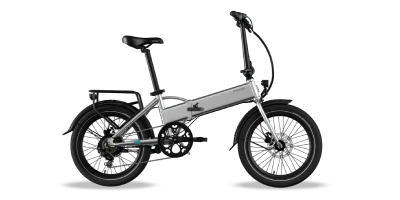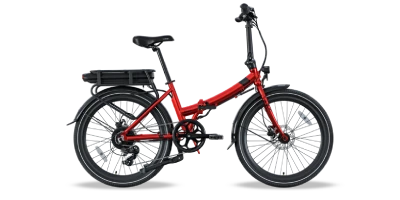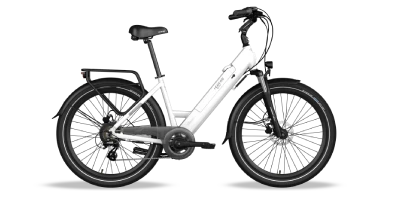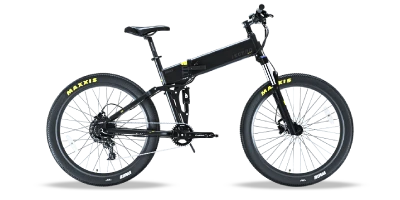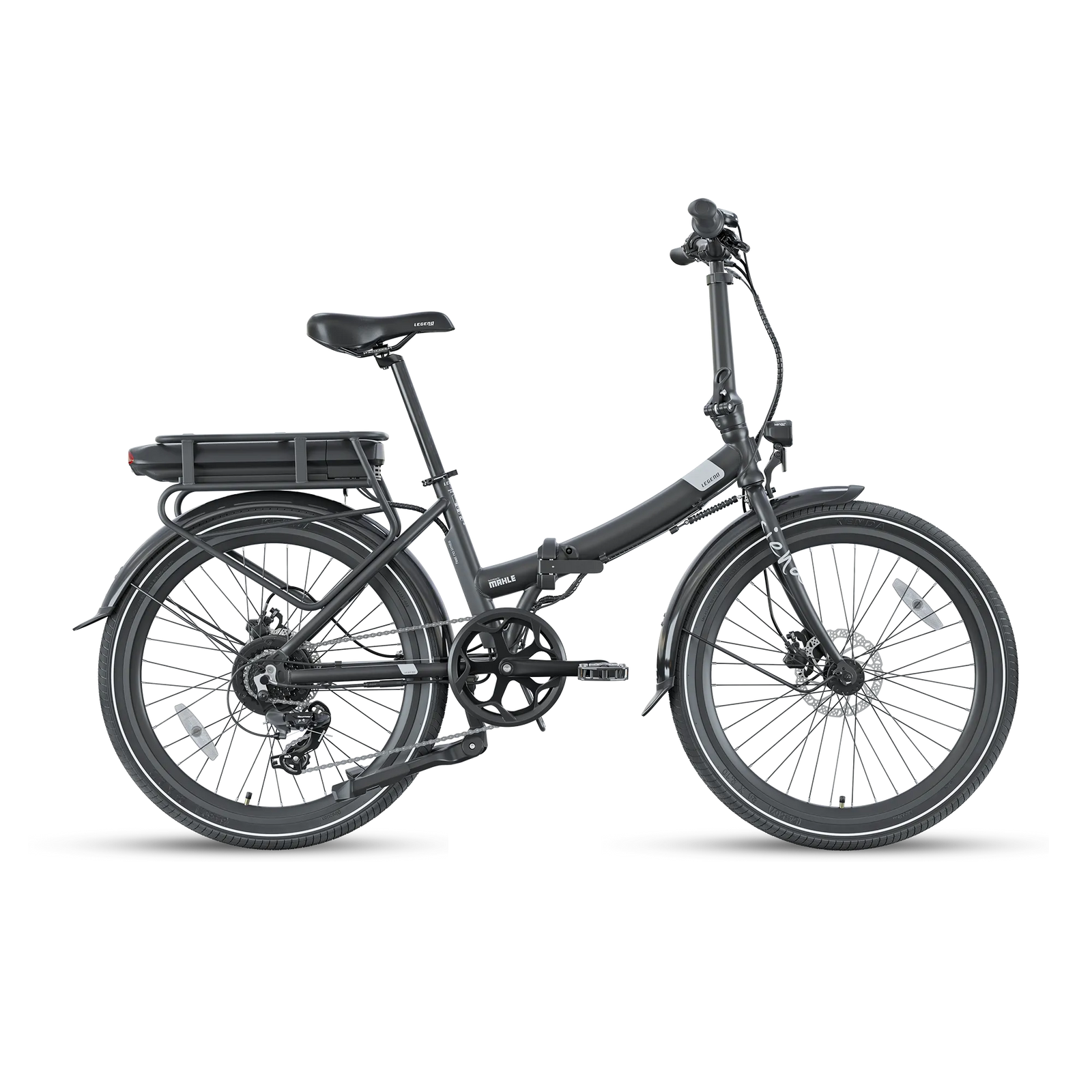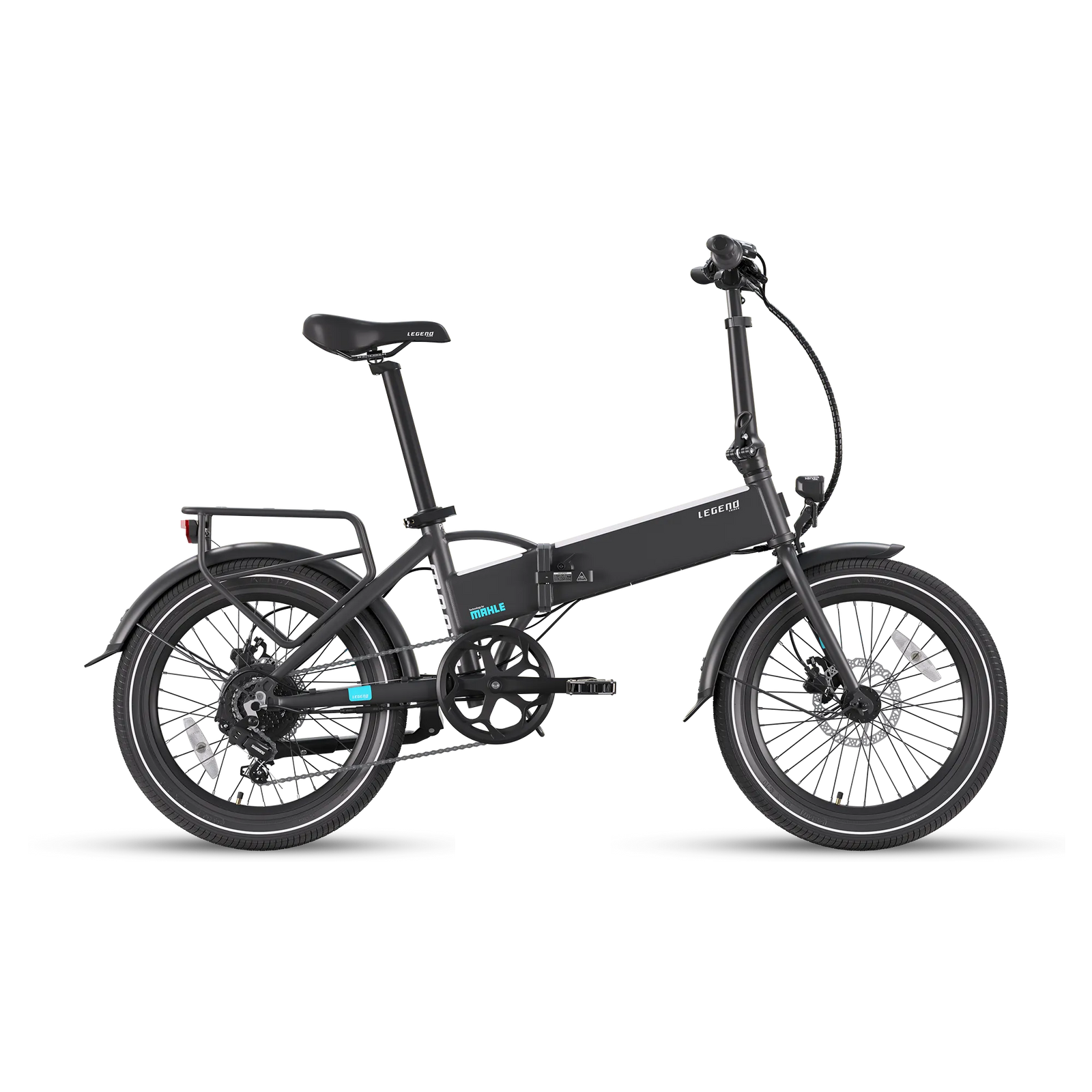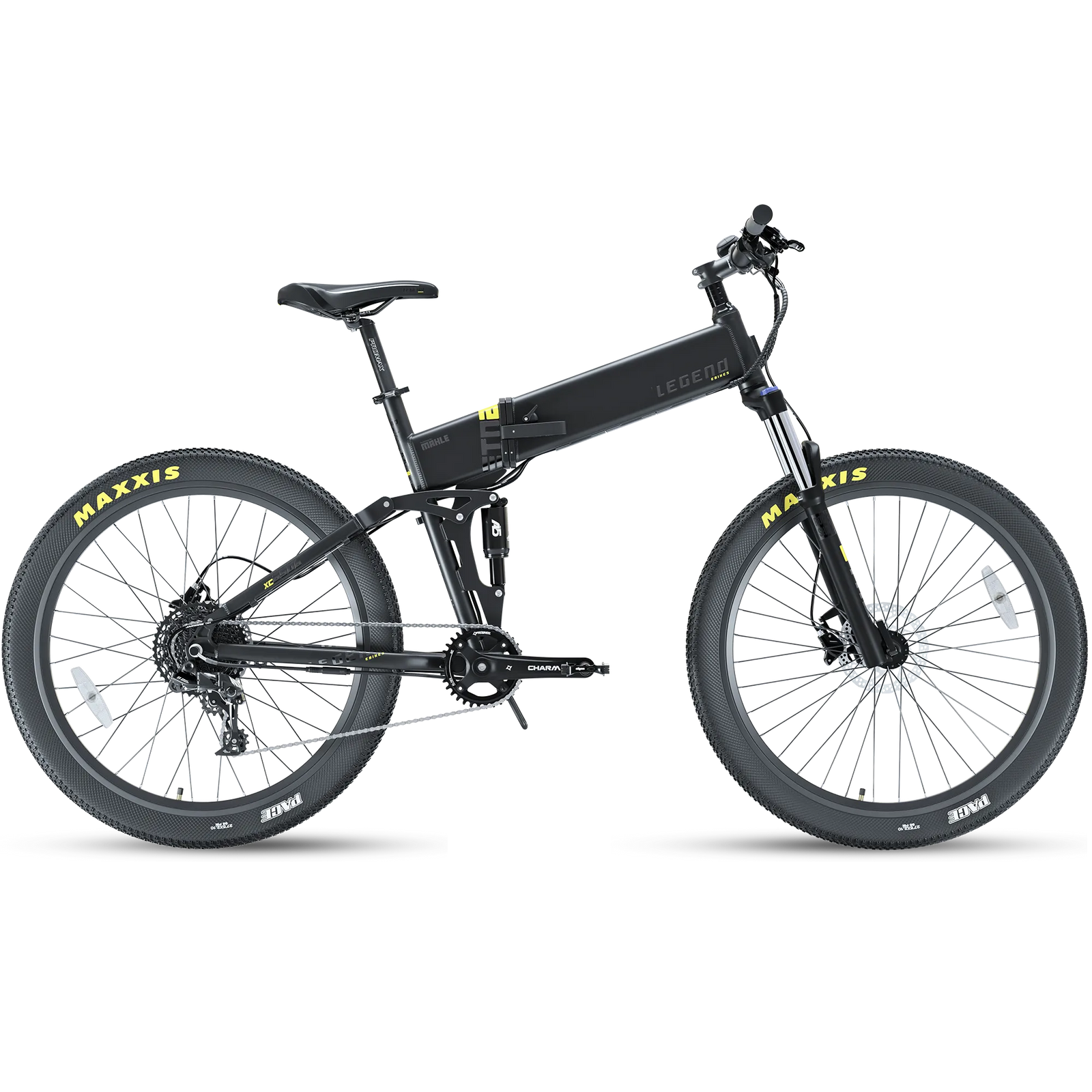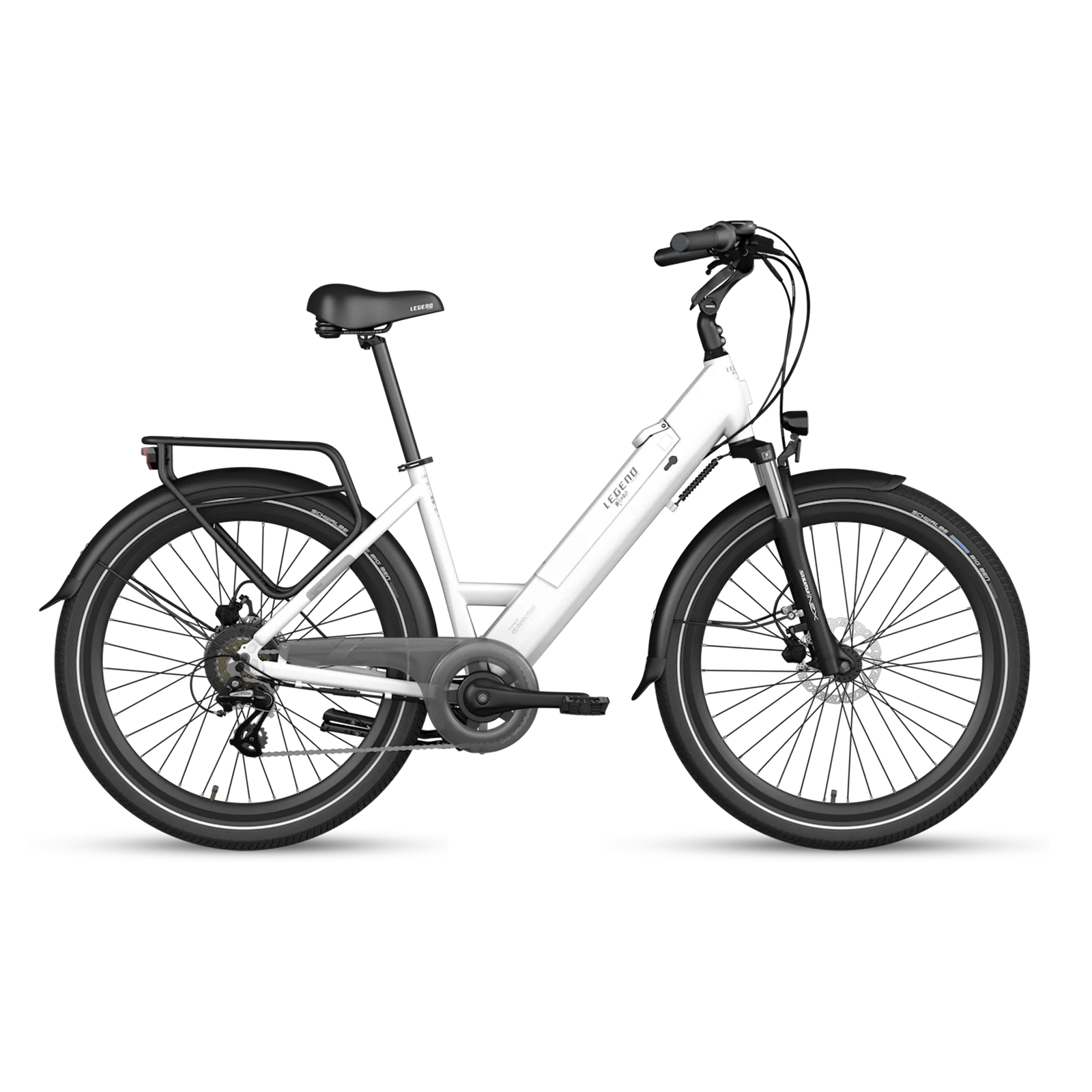Accessories
Add description, images, menus and links to your mega menu
A column with no settings can be used as a spacer
Link to your collections, sales and even external links
Add up to five columns
Add description, images, menus and links to your mega menu
A column with no settings can be used as a spacer
Link to your collections, sales and even external links
Add up to five columns
Add description, images, menus and links to your mega menu
A column with no settings can be used as a spacer
Link to your collections, sales and even external links
Add up to five columns
Add description, images, menus and links to your mega menu
A column with no settings can be used as a spacer
Link to your collections, sales and even external links
Add up to five columns

10 ways to improve range on electric bicycles
Some time ago we wrote about the autonomy in electric bicycles of lithium-ion batteries, although basically most batteries of this type governs by the same principles. In that post, we made a summary of the main reasons why a lithium-ion battery discharges the energy it has accumulated and therefore, we can determine the distance. This time we are going to deal with the subject from a more precise point of view, and we will deepen on the mechanism that makes possible the energy expenditure of our lithium-ion batteries. We will also debunk myths about the operation of these batteries since, in many occasions, we are not aware of the technological changes that occur around us, promoting ideas that were real before but now are not.
There are many types of lithium batteries with different chemical combinations and therefore differ in their capabilities and their deficiencies. The electrochemical cells that we use in our batteries are composed of a NMC (cobalt, nickel, manganese oxide) cathode and a graphite anode that are the cause of the REDOX (oxidation-reduction) reaction that takes place thanks to the properties of lithium oxide. The operation is relatively simple, and we say relatively because if we analyze the physical and chemical properties of the materials that make its operation possible, the subject becomes extremely dense and complex.
In short, such a battery works by storing energy and releasing it through the process of electrolysis, and the most remarkable property of lithium is simply that the electrolysis process can be repeated up to hundreds or thousands of cycles. The lifetime of the cells is determined by several factors, such as usage and disuse times, temperature or the number of charge and discharge cycles. What is inevitable is the chemical degradation of lithium, which causes its properties to decrease with each use. This is due to various factors that we will discuss below.
It's 9:45 am and the phone rings at the Legend E-Bikes office. A customer owner of a Legend Etna wants to talk to Ramon, our SAT manager. The customer asks for an explanation about the slight decrease in the autonomy of his Panasonic-Sanyo 10.4Ah battery because, after intensive use, he has noticed that the charging capacity is no longer what it was on the first day.
Many users wonder how to improve the autonomy of electric bicycles. This is something we see regularly, and not only in electric bicycles, but also in electric cars, smartphones, laptops and virtually any device that requires the use of lithium battery for its operation.
The fact is that many are not aware that the electric storage scenario is not as cutting-edge as it seems and, although it is true that much progress has been made since those old and heavy lead batteries, current technology has several drawbacks that we must take into account if we want to extend the life of our batteries.
1. Newton's second law
Although Newton's second law explains the relationship between power, mass and movement, it is not our intention that the reader solves equations to determine if your battery will be up to the task, so we will summarize it in a much more practical way.
It may seem like a no-brainer, but some people don't realize how important this detail is, and that is that the more you weigh, the more energy it takes to move. When we hear figures such as the distance we can travel with a load, we must bear in mind that these calculations are based on a standard, which is a 70 kg cyclist. Therefore, the more we exceed this figure, the less autonomy we will get from the same battery. Similarly, the less body mass we have, the more kilometers per charge we will be able to travel.
2. Travel profile
This section is governed by the same principles as the previous one and is of equal or greater importance, since the weight of the person is of secondary importance.
A ride on a slope is rarely linear, whether in the city or in the country, it is common to pedal on slopes and variable ground or curves of all kinds. Obviously if our route is ascending the amount of energy we will need will be greater. Again, the values that we can appreciate in the specifications of any battery are based on standards and these are based on a neutral slope inclination, that is to say, on the plane.
3. Travel interruptions
The greatest energy consumption occurs in the starts. To overcome the resistance represented by the combined weight of the bike plus the rider from a standstill up to a speed of 25 km/h, a lot of energy is used, much more than that used to keep us constant at that speed for a long time. This is because once we have reached a constant speed, energy is only used to overcome the mechanical resistance offered by the moving parts of the bike and wind resistance. For practical purposes, if you want to extend the range of your bike, try to always maintain inertia and do not rush when you are approaching a red light that forces you to stop. Instead, anticipate and slow down gradually as you get closer and, hopefully, by the time you get there it will have turned green.
4. Weather conditions
Once again, external forces significantly interfere with the performance of our batteries. Performance increases of 22% have been documented in batteries due to downwind, and similarly significant drops have been seen when pedaling into a headwind.
Temperature is also a determining factor, unlike electronic circuits and chips, batteries do not work better with low temperatures since we are talking about chemical reactions. A temperature of 0º is enough to reduce the performance of the battery by 20% and this does not mean that it loses its charge or that there is a failure in the cells, simply the cold does not allow the electrons to move as freely as at high temperatures. However, this does not mean that the warmer it is, the better our battery will work, there is an optimum operating range of 35º/45º. If we exceed that range, we will begin to notice how the battery loses its charge due to the instability of the lithium ions.
5. Tires
It is crucial to maintain proper tire pressure; constant contact generates friction that must be reduced as much as possible. Tires with little air will cause a larger surface of the tire to make contact with the ground, thus causing friction that will offer resistance. Similarly, the type of tire can cause us to lose some efficiency. A smooth tire will be much more efficient on asphalt, and one with large lugs will give us more travel on steep terrain.
6. Use of throttle
Despite the fact that in the EU it is not legal to use a throttle on an electric bicycle, there are users who choose to install one of these accessories, either because they are fatigued or simply for convenience. In any case, the throttle is capable of reducing the autonomy of a battery by up to 50%. The explanation is obvious: if we omit human assistance, we will have a higher energy consumption by the motor.
7. Incorrectly adjusted components
Whether you use disc brakes or V-brakes, a bad adjustment can cause the pads or shoes to rub on the disc or rim and produce resistance. This may seem like it goes without saying since it's easy to notice that the bike is braking, but before that unwanted braking becomes noticeable, there is a gradual maladjustment beforehand that you probably won't notice. On a normal bike it will be hard to pedal, and you will probably soon notice the friction, but on an electric bike you won't notice it so easily, as the motor will continue to work the same but consume more energy. In the same way, an off-center axle, loose spokes or a too loose suspension can offer a minimum resistance that can make us lose some autonomy.
8. Battery age
There is a very important factor when measuring the longevity of a battery. Perhaps the most determining factor in how it affects the autonomy of electric bicycles. The life of a battery does not begin at the moment the cells are manufactured, not even at the moment the assembler builds the battery. Day 1 of the lithium battery begins on its first charge. This is due to SEI (Solid Electrolyte Interphase), a chemical reaction that on the first charge causes a layer of lithium oxide around the graphite anode.
This reaction marks the beginning of the battery's service life, but leads to a discrete reduction in charge capacity from the first cycle, which is quite common in all lithium-ion batteries. Even so, the natural degradation of lithium is occurring from cycle to cycle, so you should not worry about buying a new battery manufactured a year ago as manufacturers deliver cells with 60% of first charge cycle in most cases.
9. Motor power and accessories
10. Pedal stroke
Incorrect pedal stroke is also a cause of reduced range on electric bicycles. Especially on electric bicycles with a central motor it is very important to have a proper pedal stroke and we explain why:
Just like combustion engines, electric motors have an rpm range in which they are more efficient. The maximum peak of energy efficiency (around 80%) occurs at a fairly high rpm. This means that below these speeds the motor tends to be much less efficient and is very relevant in central motors (as these use the chain, and therefore the derailleur, as transmission), so try to keep this in mind when using your bike's derailleur.
As we mentioned at the beginning, there are some myths about batteries that at the time were correct but that today are not only wrong, but can also damage our batteries. One of the most widespread is the recommendation to make a full charge in the first cycle to deplete it completely before making the second charge. Fortunately, the BMS (BATTERY MANAGEMENT SYSTEM) inside the battery is already in charge of limiting the total charge or discharge to increase the life of the cells, preventing overcharging. The BMS is also responsible for controlling the rate of charge and discharge, which is crucial in lithium batteries as they will never be 100% discharged.
Although lithium batteries have no memory effect, many manufacturers recommend calibrating our battery once every 3 months. Here they explain how to do it.
Knowing these causes we can get an idea of the efficiency we will get when moving with our electric bike and the battery we will need depending on the use we give it. The average user will be covered with 8.8Ah batteries for a more intensive use will probably need to reach 11Ah and in the case of transport fleets it is very common to have a backup of replacement batteries in constant charge. But we cannot omit the fact that, for certain users, either because they need to travel very long distances on very steep slopes or because their weight is excessive, an electric bicycle may not be their ideal mobility solution.
Anything unclear or any question? We are here! Just contact us and we will help you.
If this was helpful for you, share it!
Also in Journal
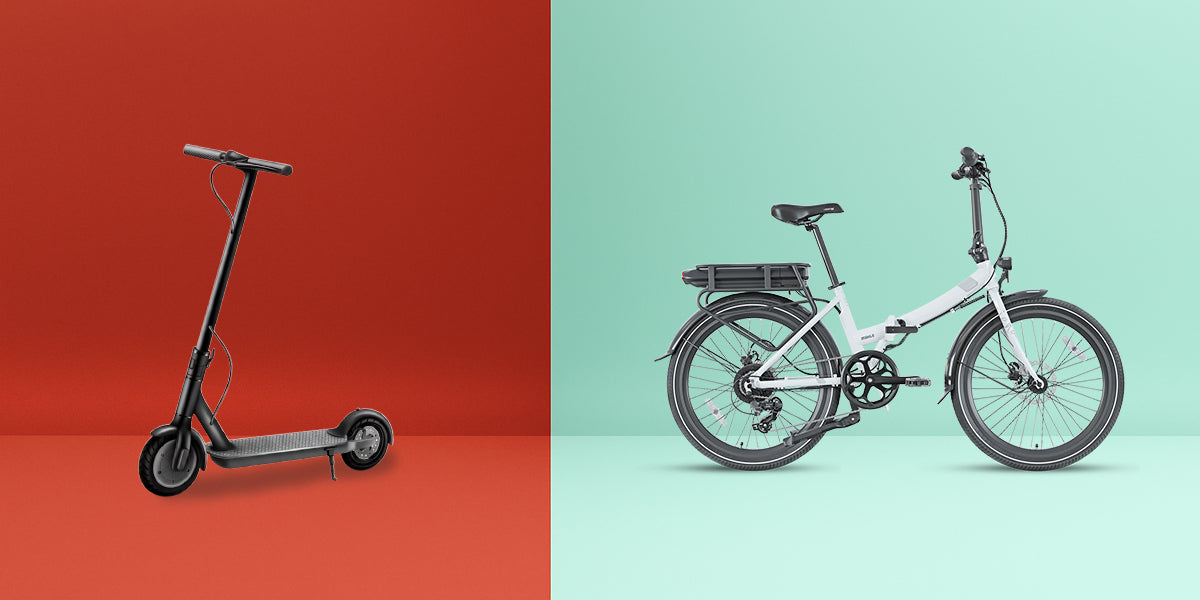
New Law 5/2025 on insurance for personal mobility vehicles (PMVs): does it affect Legend eBikes electric bicycles?
November 05, 2025 7 min read 0 Comments
The new Law 5/2025 on Light Personal Vehicles will require compulsory insurance for scooters and PMVs from 2026, but it does not affect Legend eBikes.
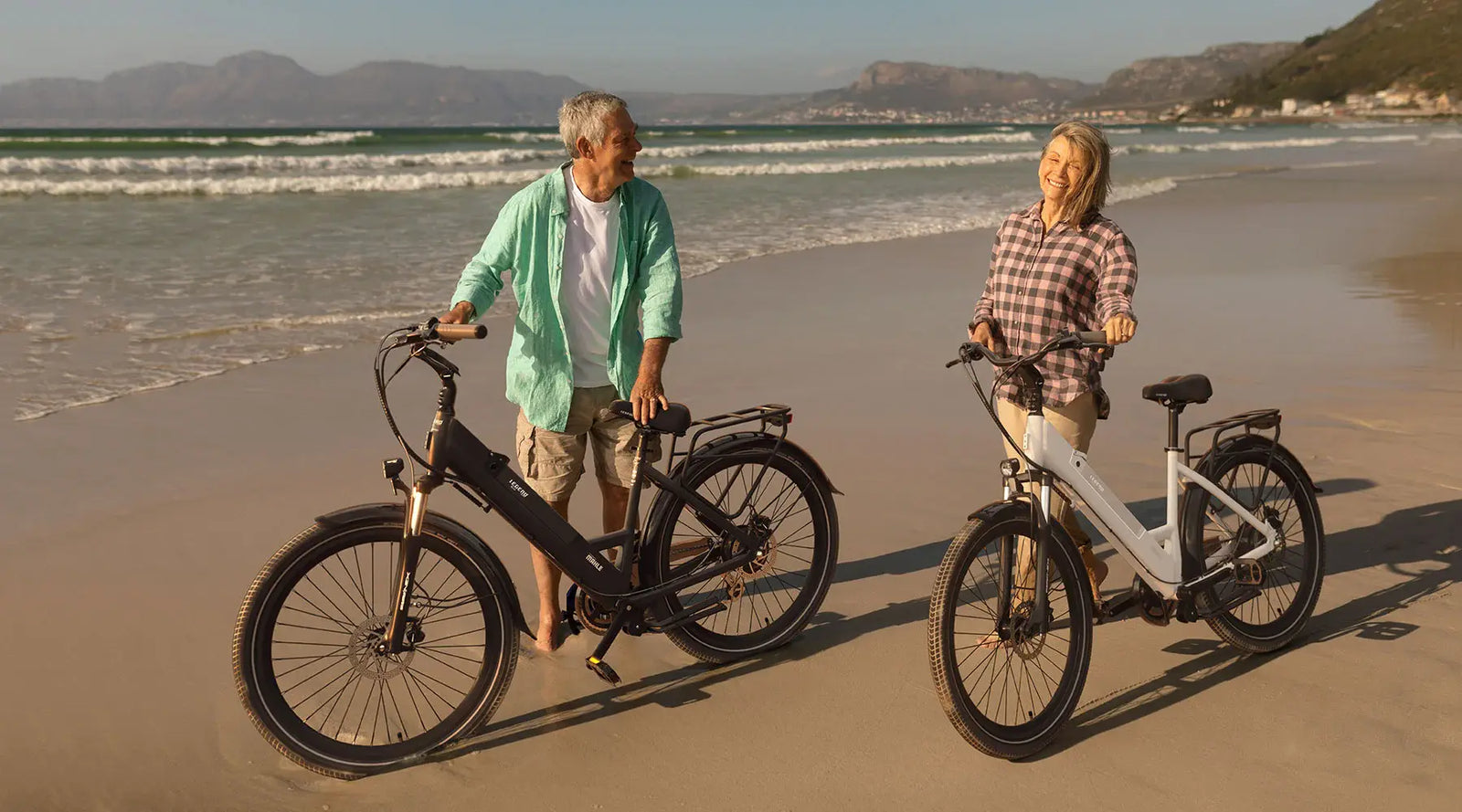
Financial aids for purchasing an electric bike in France in 2025
August 07, 2025 4 min read 0 Comments
In 2025, several regional and local financial aids in France will allow you to finance your electric bike up to £800. Find out how to benefit and simulate your eligibility online.

Electric Bike Subsidies in Spain 2025 | Legend eBikes
July 28, 2025 9 min read 0 Comments
Up to €700 towards your next Legend eBike. In 2025, many Spanish regions offer subsidies for electric bikes. Find out which incentives are active, how to apply, and which models are eligible.
Smart eBikes
Stylish and eco-friendly electric bikes designed for urban mobility.



